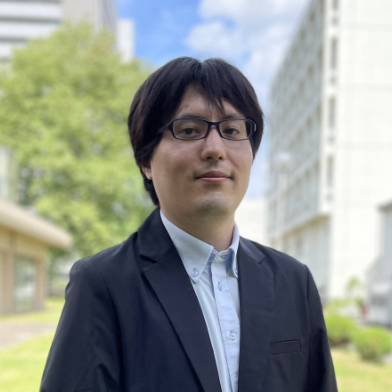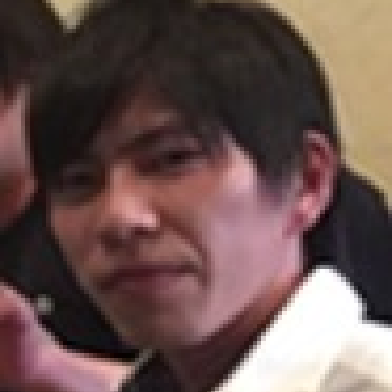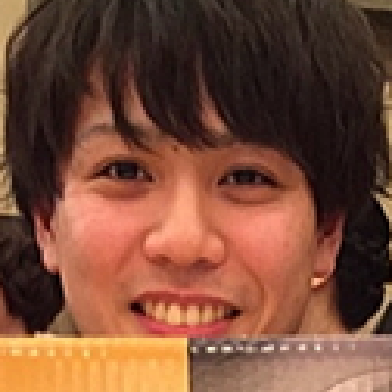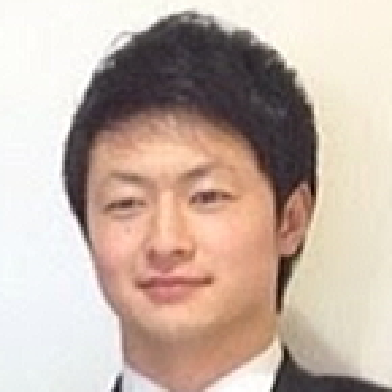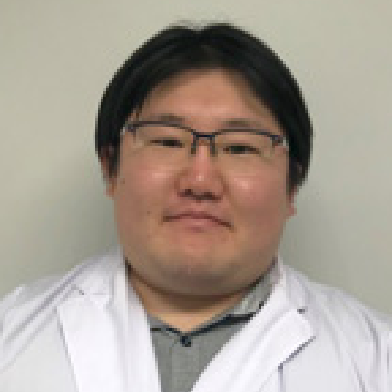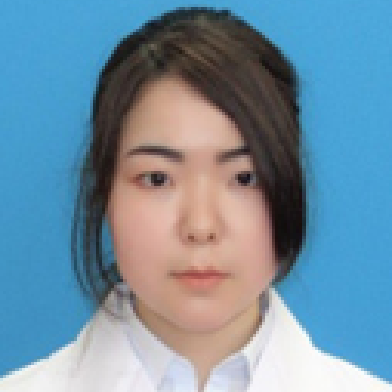
Name: Mariko Umeda
Year of graduation: 2021 (master’s degree)
Current affiliation: Department of Radiation Oncology, Saitama Medical University Hospital
―Message to juniors that can be conveyed now that I have completed the master’s program―
When I was in my undergraduate clinical training, I saw the work of medical physicists and thought, “I want to work in this industry too!” and decided to pursue this path. When I was wondering which laboratory to go to, I was shocked by the fact that “the research conducted by students is directly linked to clinical practice” in this laboratory. I was very interested in being in this environment and training myself. After enrolling, I received strict guidance from Assistant professor Kadoya because I had no basic knowledge at all. I am very grateful for being able to receive guidance from scratch. Unfortunately, during the time I was enrolled, most of the academic conferences were held online due to the COVID-19 pandemic. Even under such circumstances, I was fortunate enough to have opportunities to present at conferences both domestically and internationally, and to apply for a patent for the research I was conducting. I feel that I spent two very dense years that I could not have obtained without entering this laboratory. This was largely due to the guidance of Assistant Professor Kadoya and other physicists, as well as the support of my classmates and seniors and juniors. I am very grateful to my classmates and seniors who helped me with research consultations day and night, and I think that such connections are a characteristic of belonging to a laboratory. Looking back now, I think that my time as a master’s student was the last time before employment when I could use my time for myself. For those who are currently enrolled or who will be enrolling in the future, please make good use of your time during your master’s degree.
―Current job―
I am currently working at Saitama Medical University Hospital in Saitama Prefecture. My main duties include planning IMRT/IGBT and quality control of radiation therapy equipment as a medical physicist. As a university faculty member belonging to the medical department, I also give lectures to students and provide research guidance to graduate students. In addition, once a week, I also plan IMRT at another hospital. Many medical physicists in Japan are involved in radiation therapy, and when introducing new treatment equipment or technology, they often play a central role in pulling those around them. For this reason, until recently, I was involved in launching an IGBT. This year, a CT scanner was introduced into our hospital’s brachytherapy room, but we had never treated patients based on CT before and there were few staff members with experience. In that situation, I was entrusted with everything related to IGBTs such as commissioning of brachytherapy equipment/planning equipment and creation of our hospital’s accuracy management guidelines. Internally, I wondered if it was okay for me to do it myself? However, it was very helpful that during my master’s degree at Tohoku University Hospital, I had experience creating plans for an IGBT. This allowed me to successfully launch it. In this way, the work of a medical physicist is not just routine work. It may be a characteristic of medical physicists that they can bring stimulation to their own work. The more you immerse yourself in it, the more interesting the medical physics industry becomes. So we are waiting for those who will jump into it.”

